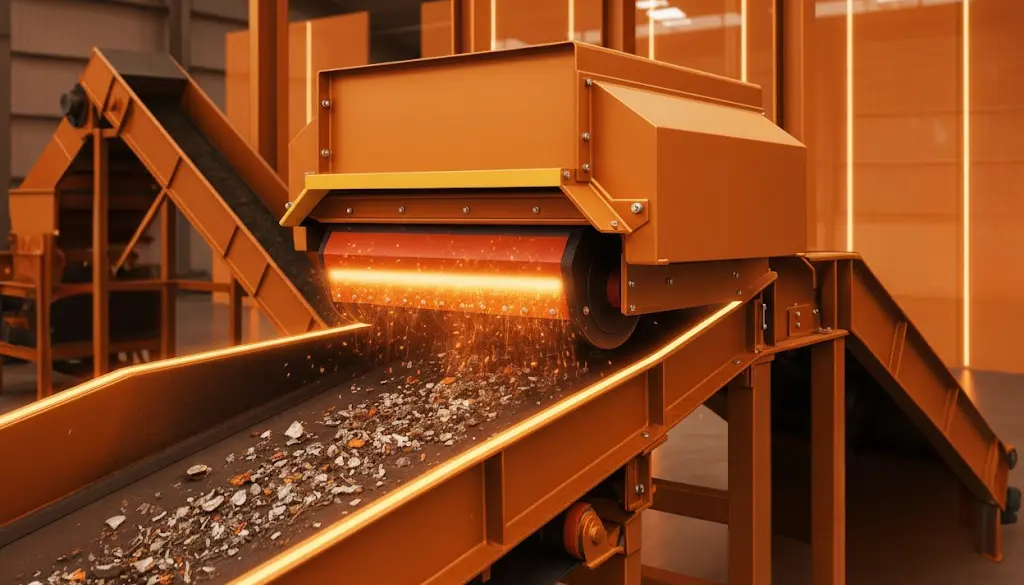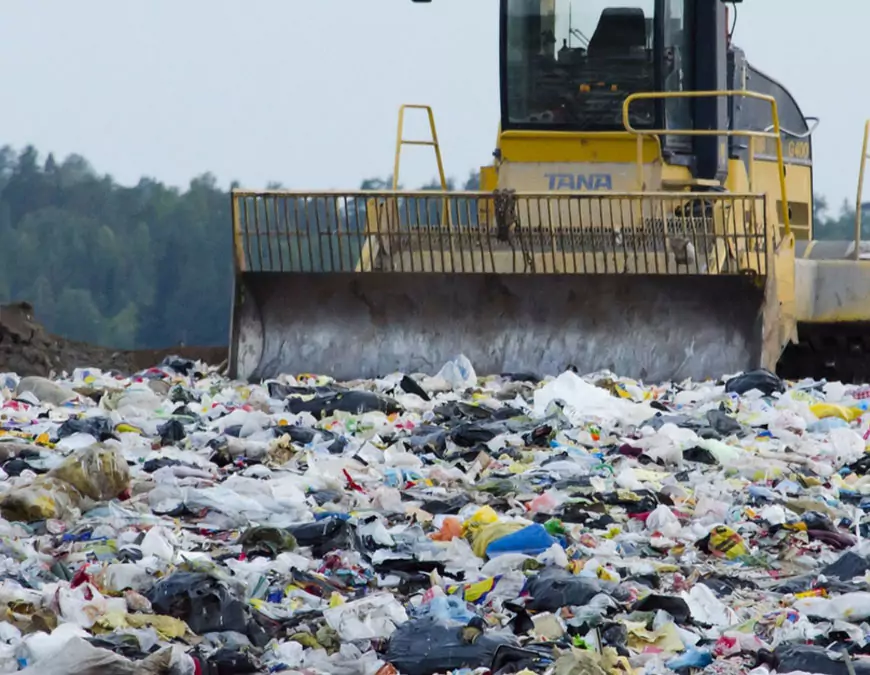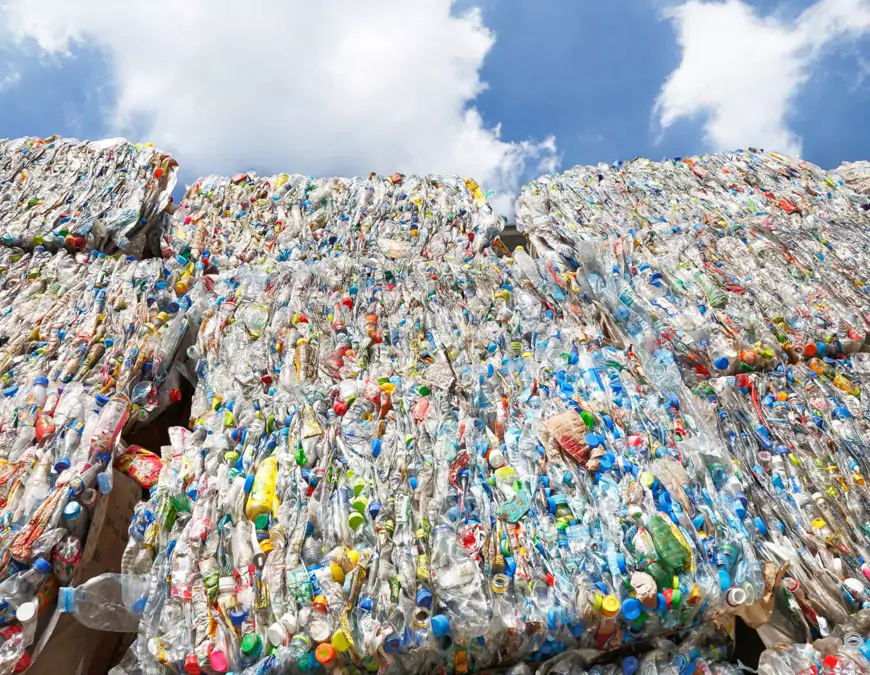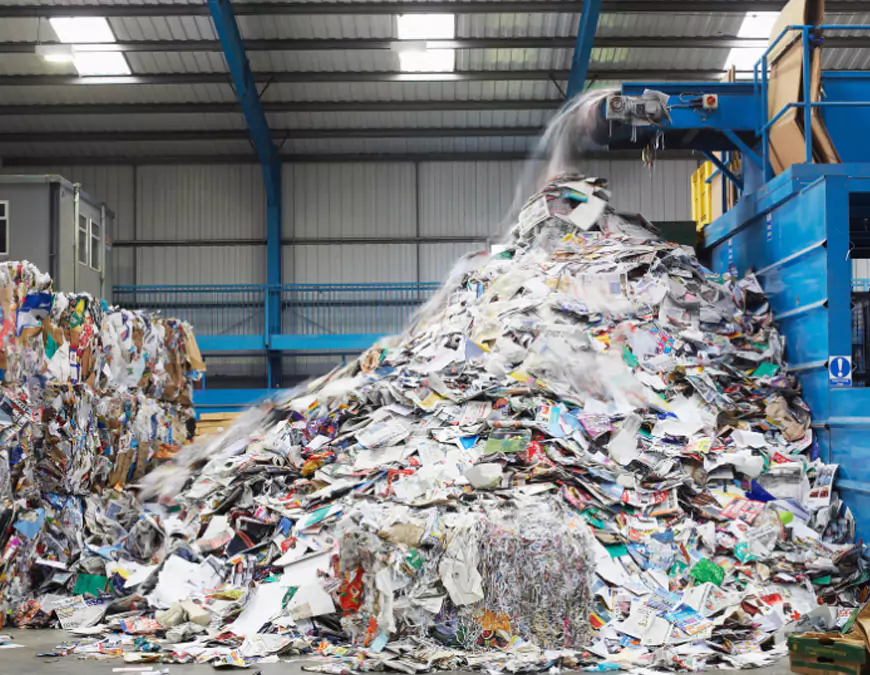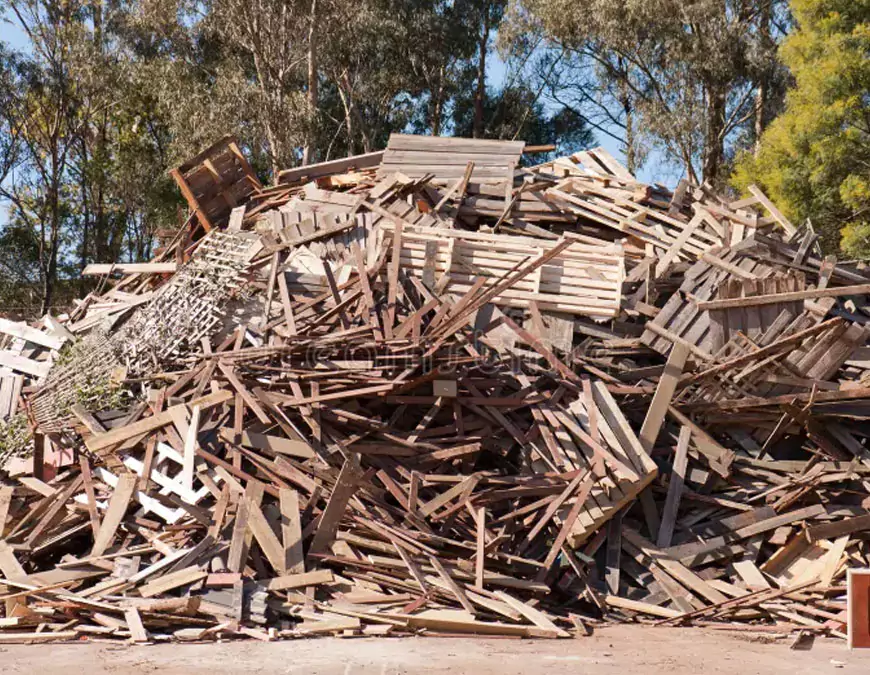Types of Electronic Waste
- Consumer Electronics: Mobile phones, laptops, desktops, televisions, audio systems, and cameras.
- Household Appliances: Refrigerators, air conditioners, microwaves, washing machines, and toasters.
- IT and Telecom Equipment: Servers, routers, modems, and networking cables.
- Lighting Devices: Fluorescent tubes, LEDs, and CFL bulbs.
- Batteries and Power Supplies: Rechargeable batteries, inverters, and UPS systems.
Importance of Electronic Waste Management
- Resource Recovery: Recovers precious metals such as gold, silver, copper, and platinum from discarded devices.
- Pollution Control: Prevents the release of harmful chemicals into soil, air, and water.
- Public Health Protection: Reduces exposure to toxins that can harm the nervous system, lungs, and kidneys.
- Data Security: Ensures secure destruction of data from storage devices.
- Circular Economy: Encourages recycling and reuse to reduce reliance on raw materials.
Key Components of Electronic Waste Management
Dismantling and Separation
Devices are manually or mechanically dismantled to separate reusable components, valuable metals, and hazardous substances.
Our Solutions to Manage Electronic Waste
At Alfa Therm Limited, we offer advanced systems designed to handle the complexities of electronic waste, including:
Benefits of Effective Electronic Waste Management
- Environmental Stewardship: Reduces pollution and conserves natural resources through efficient recycling.
- Human Health Protection: Minimizes exposure to toxic elements that can cause long-term health effects.
- Economic Value Recovery: Recovers valuable raw materials and reduces the need for virgin mining.
- Legal Compliance: Meets national and international e-waste handling and recycling regulations.
- Corporate Responsibility: Promotes sustainable practices and enhances brand image through responsible e-waste management.
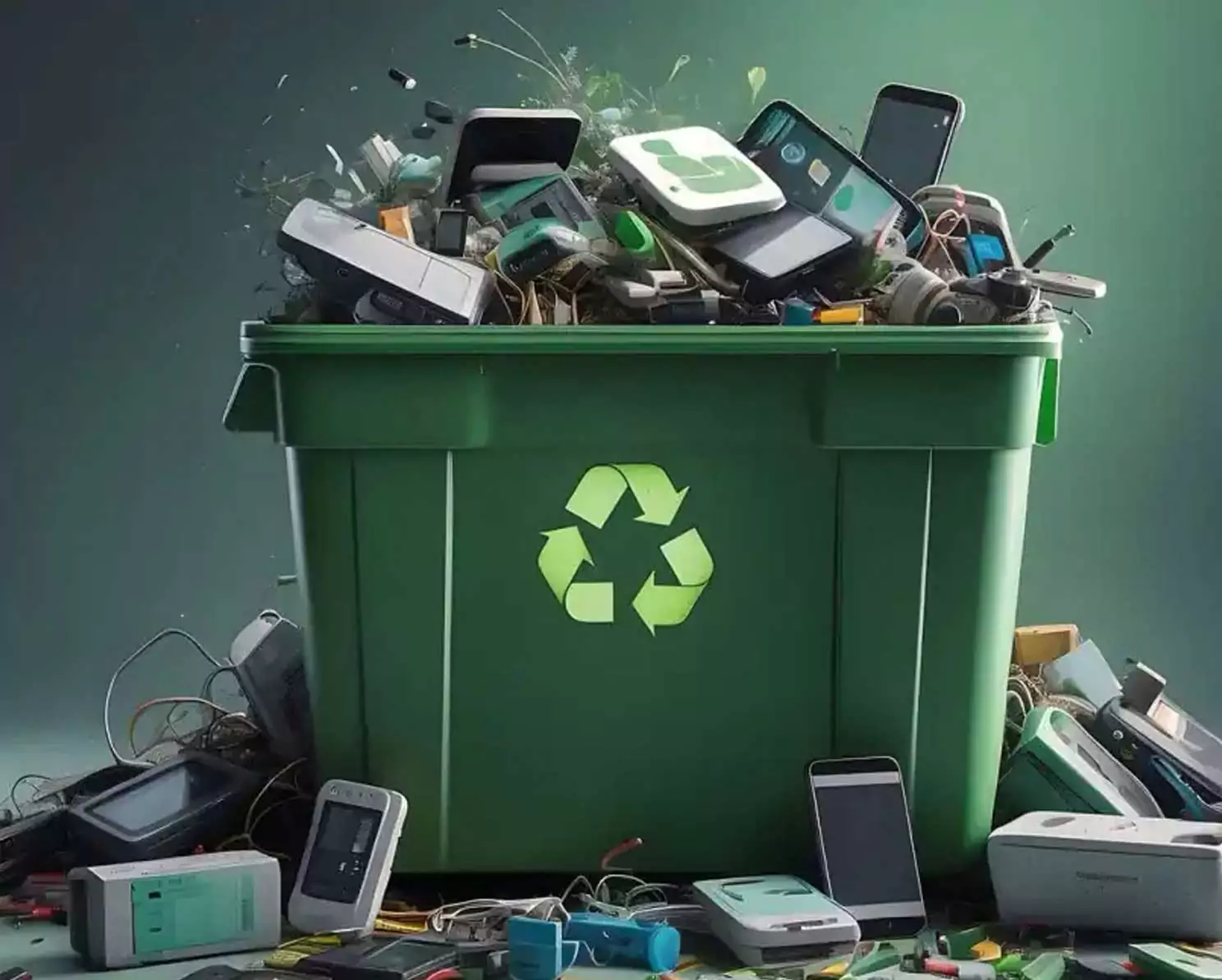
Other Industries We Serve
Struggling with Waste Management challenges?




